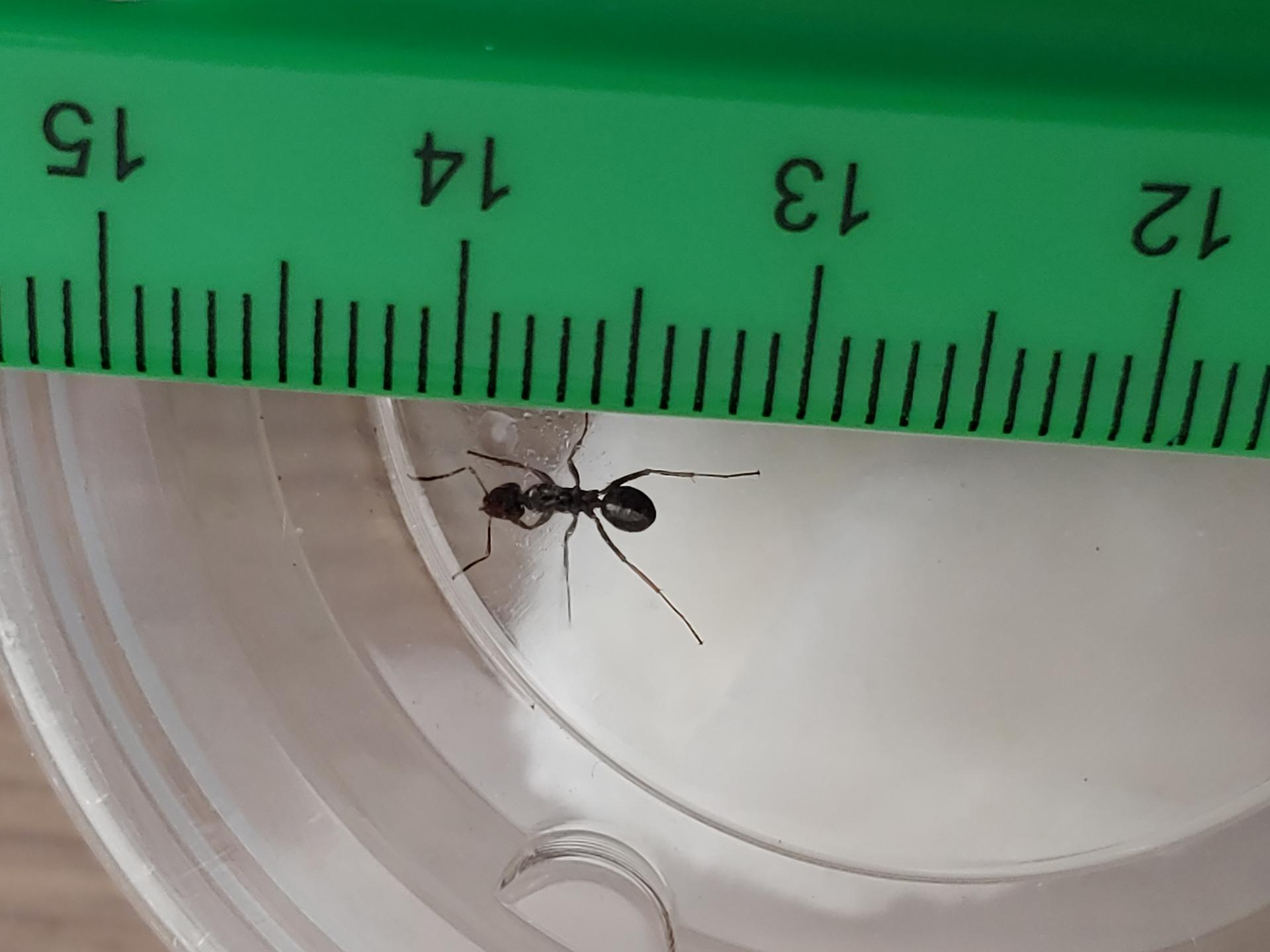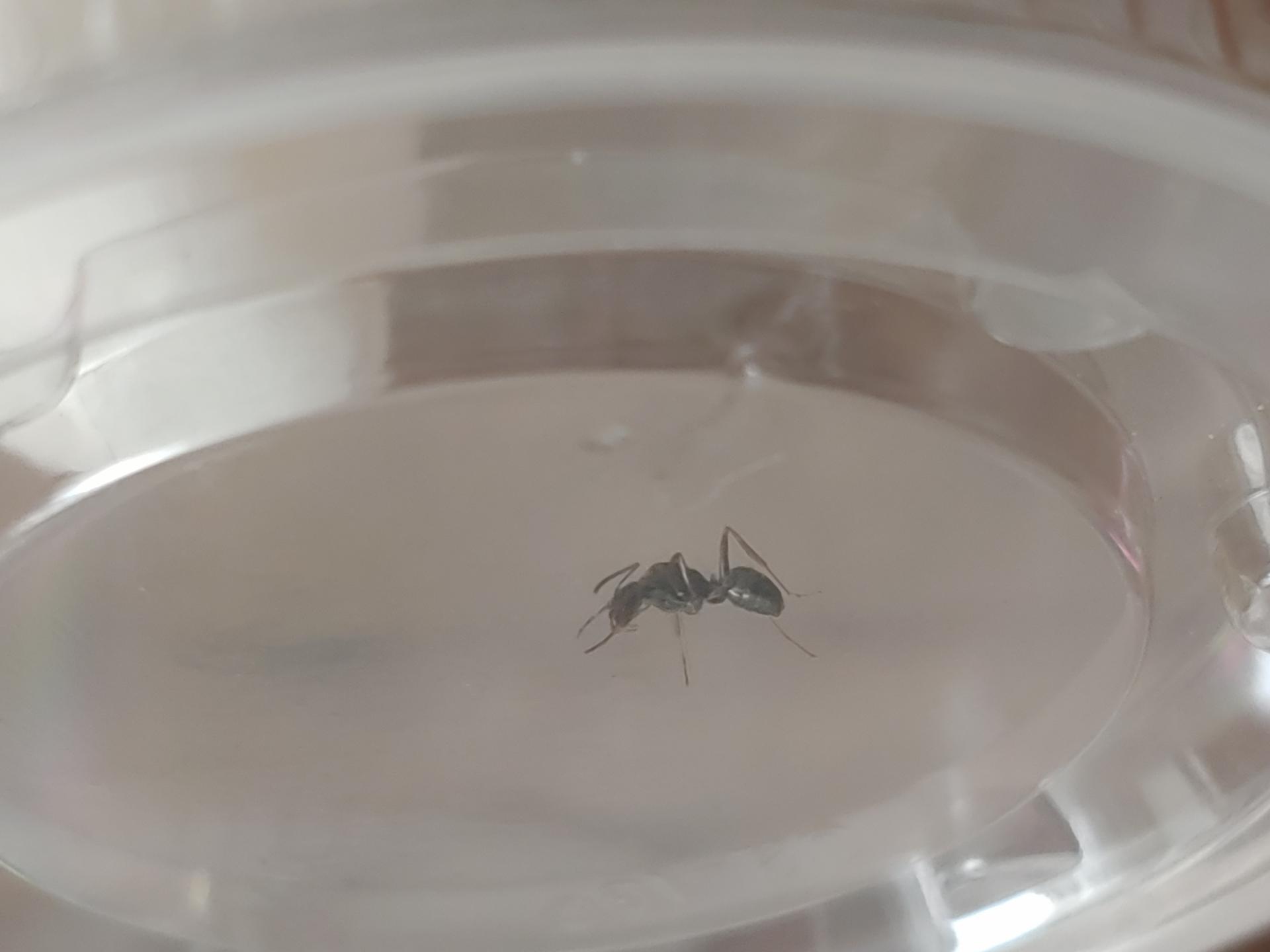Location: Artesia, NM
Date: 6/15/20
Habitat: Desert Short Grassland / Mesquite Scrub
Length: 10mm
Coloration: Red head, black body, velvety gaster.
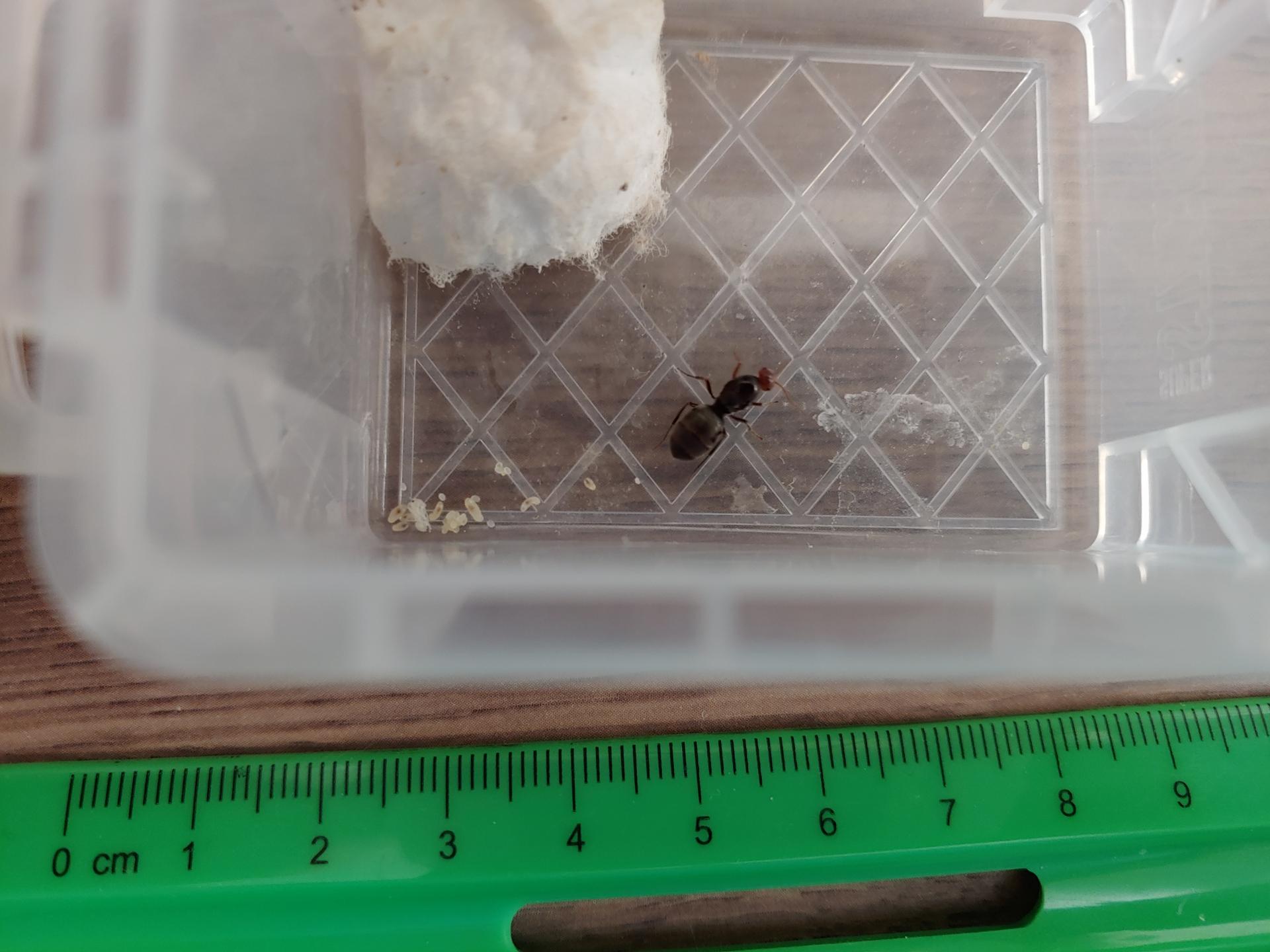
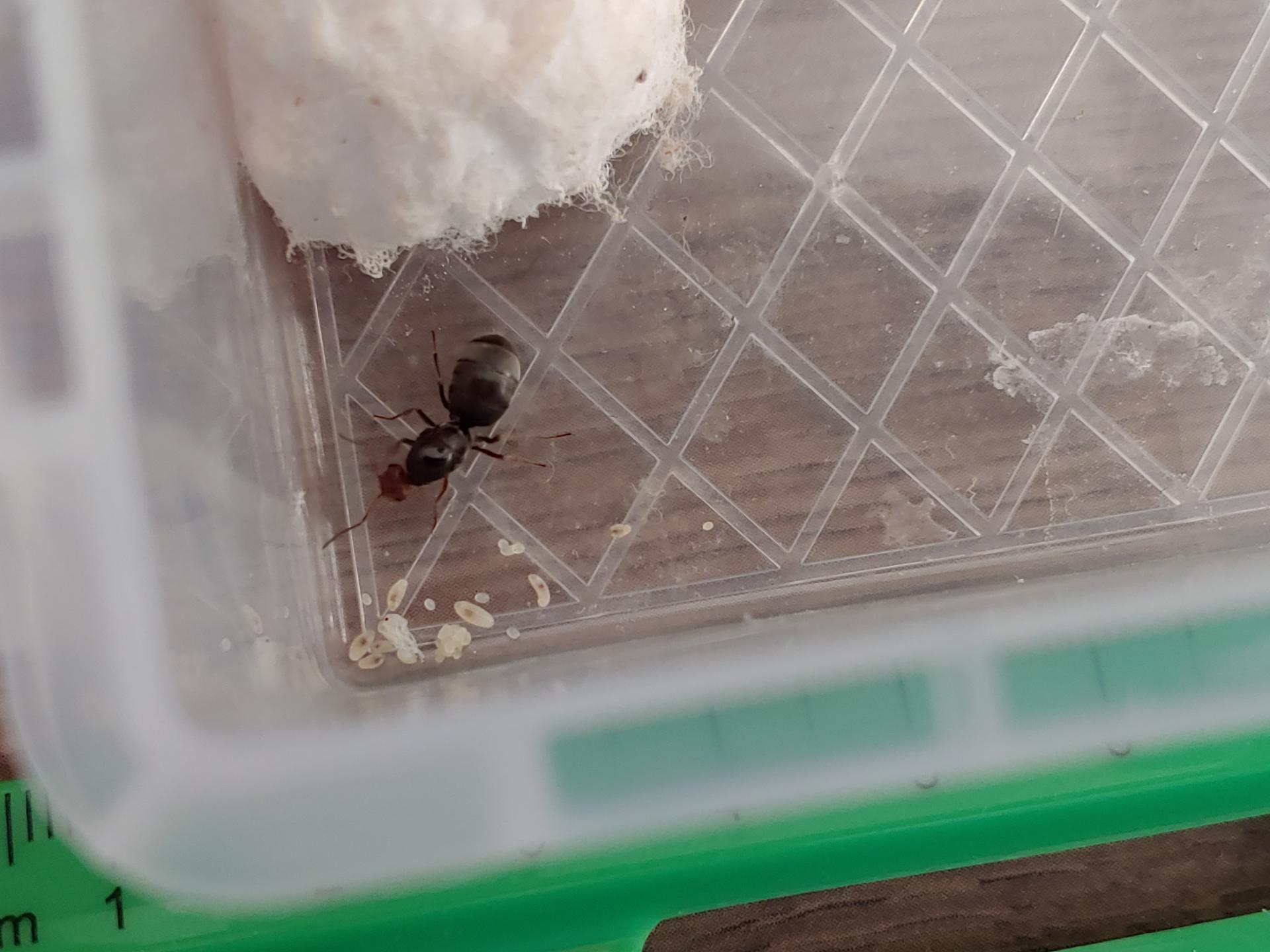
Queens 2
Location: Artesia, NM
Date: 7/20/20
Habitat: Desert Short Grassland / Mesquite Scrub
Length:5mm
Coloration: Appears to range from light brown golden to dark brown and black. Completely shiny, gasters appear striped, drag the ground when the queens walk.
Other Characteristics: Possibly establish multi queen colonies. I housed two sets of two queens together. One was immediately unsuccessful. But the second is still getting along.
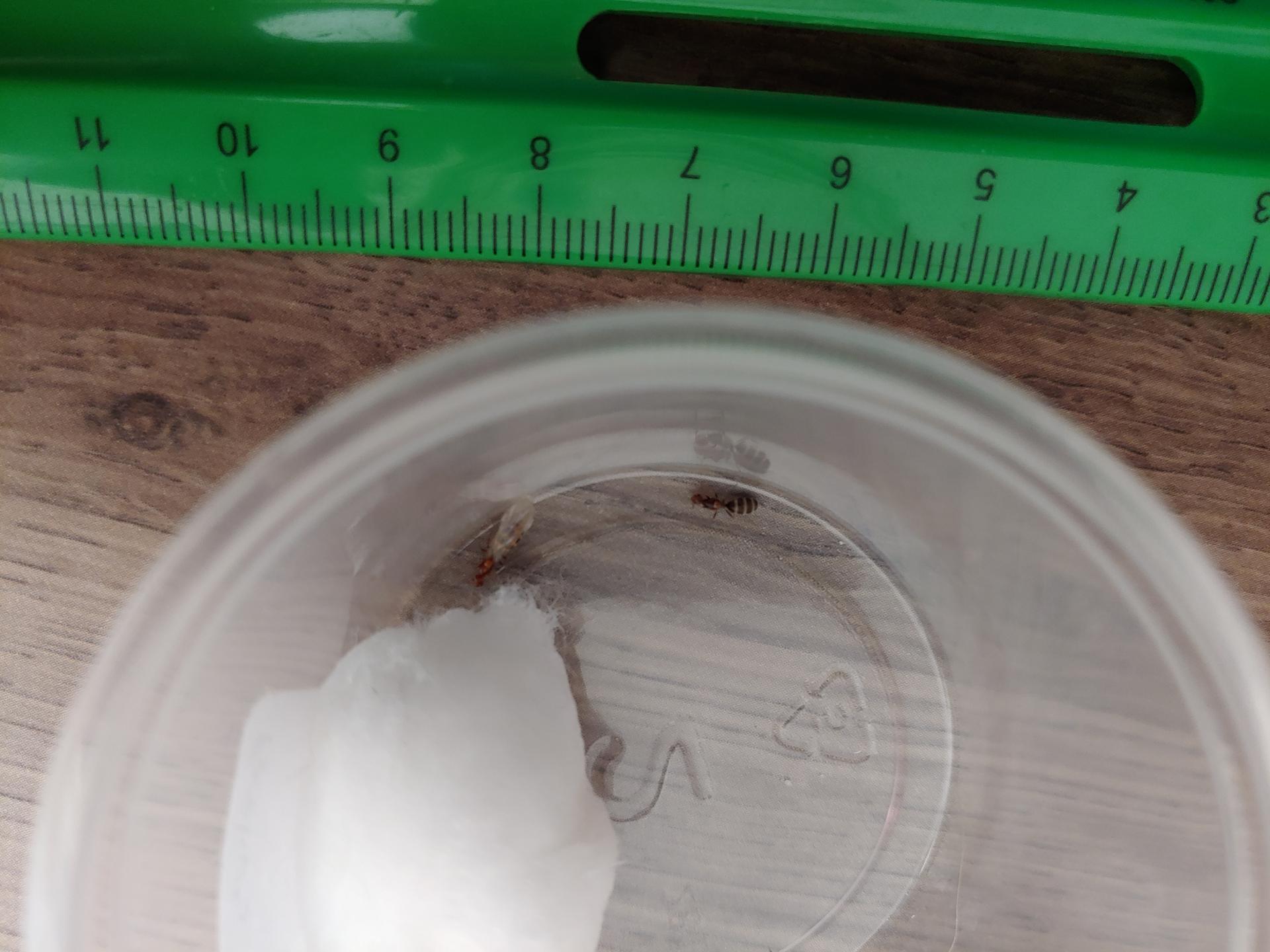

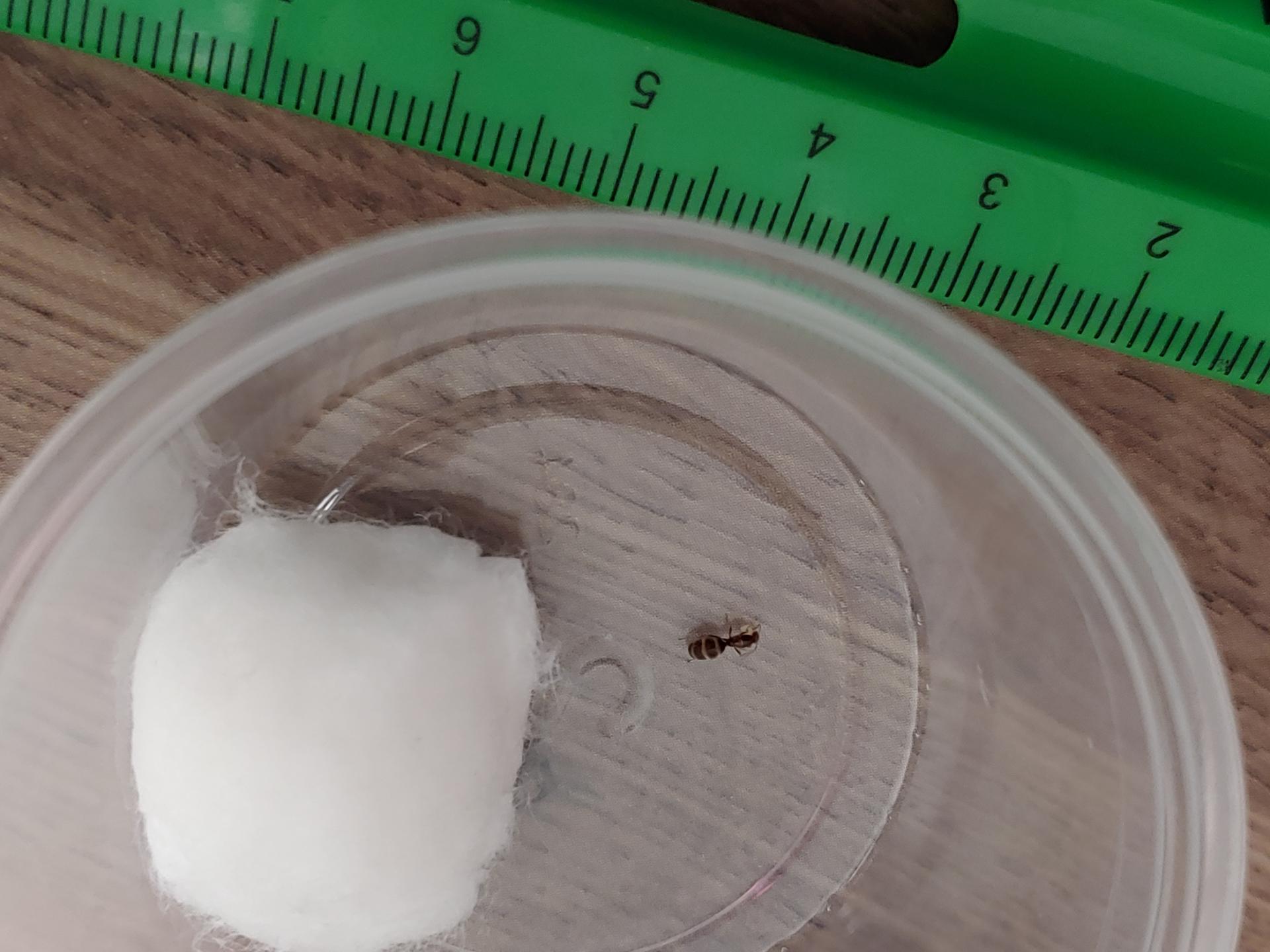
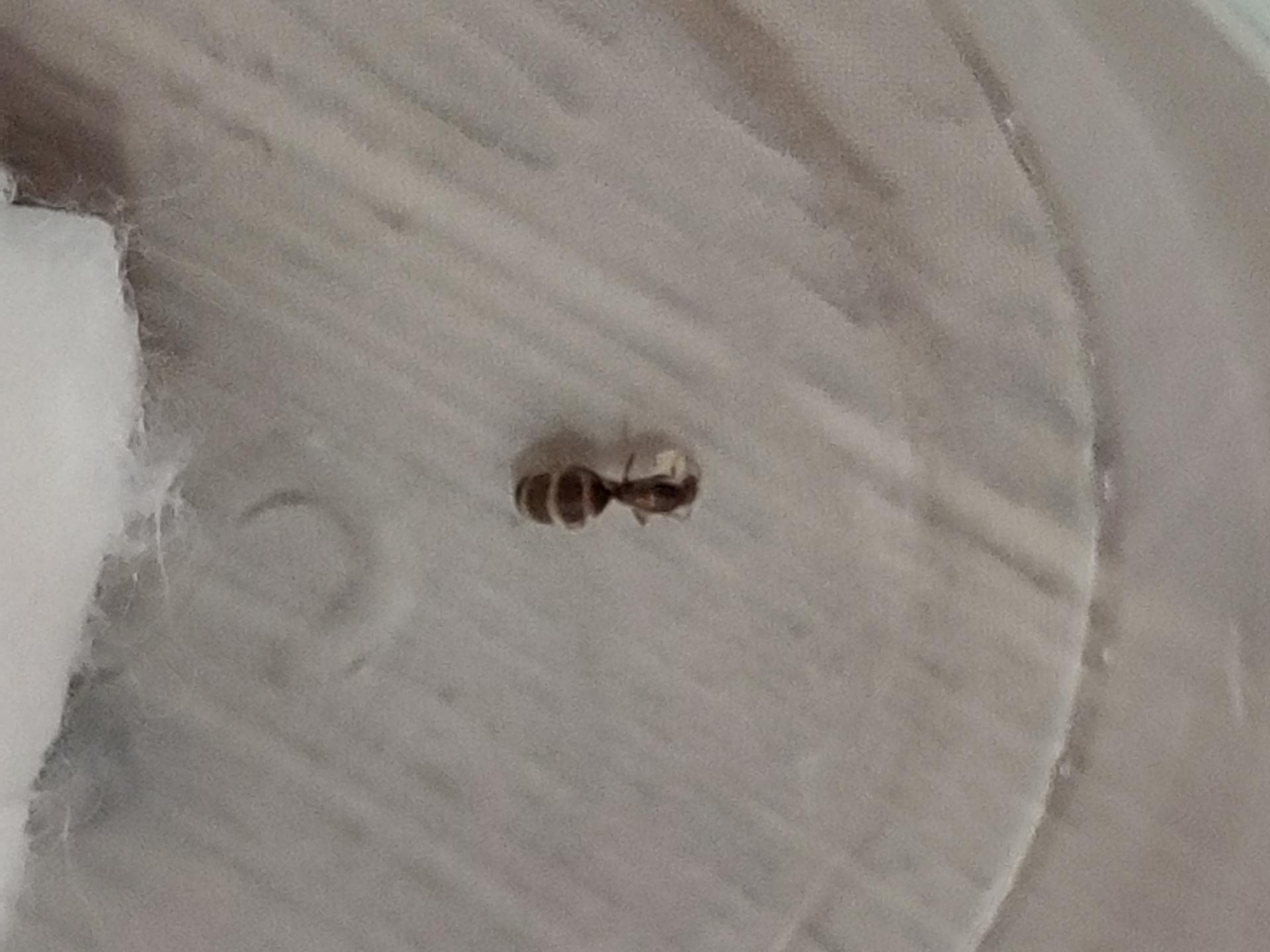
Queen 3
Location: Artesia, NM
Date: 7/30/20
Habitat: Desert Short Grassland / Mesquite Scrub
Length: 10mm
Coloration: Bright orange red.
Other Characteristics: Holds gaster straight up in the air when running.
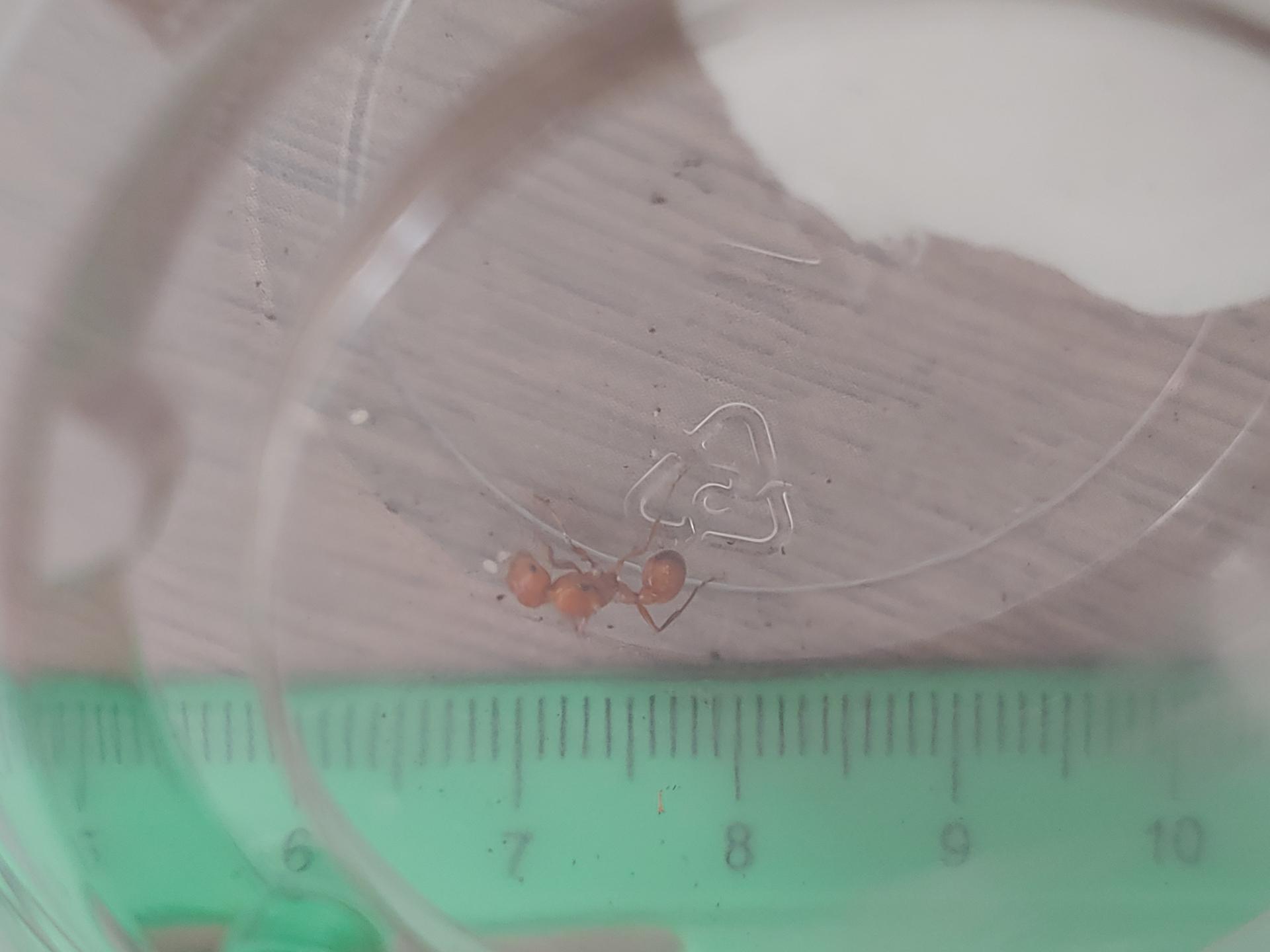
Queen 4
Location: Cloudcroft, NM
Date: 8/7/20
Habitat: Pine Forest
Length: 6mm
Coloration: Shiny Black
Other Characteristics: Very quick, can climb at least smooth plastic surfaces.
